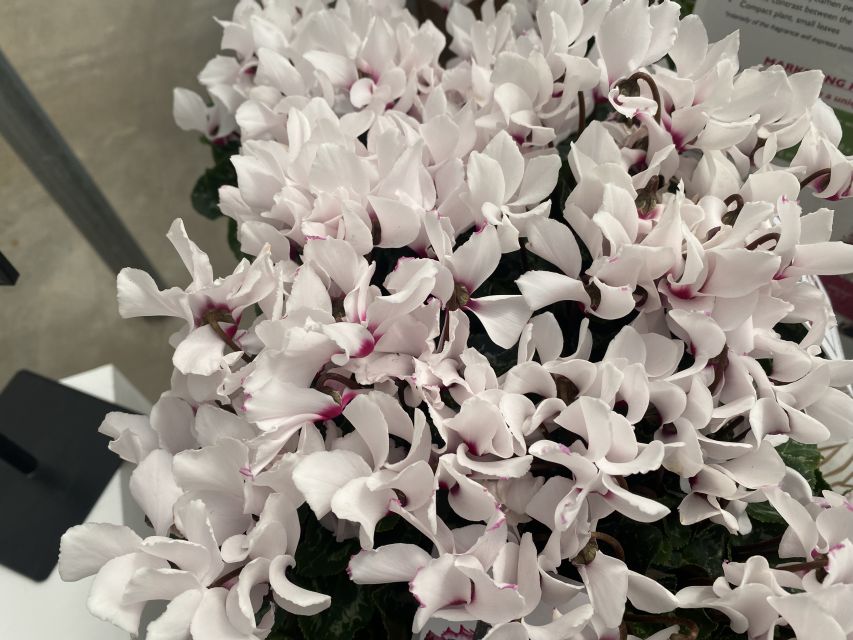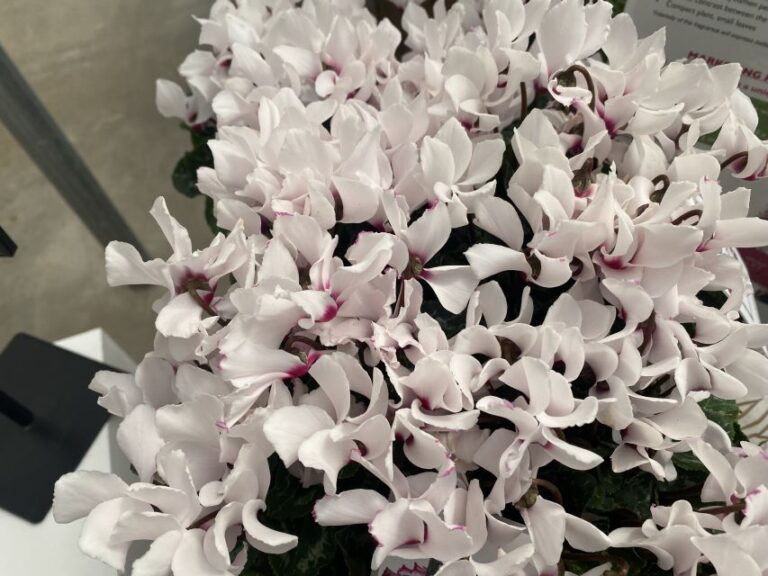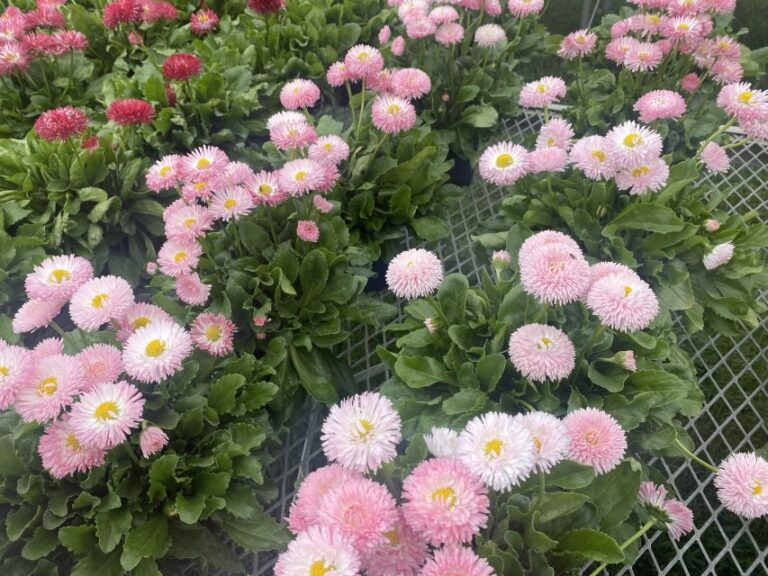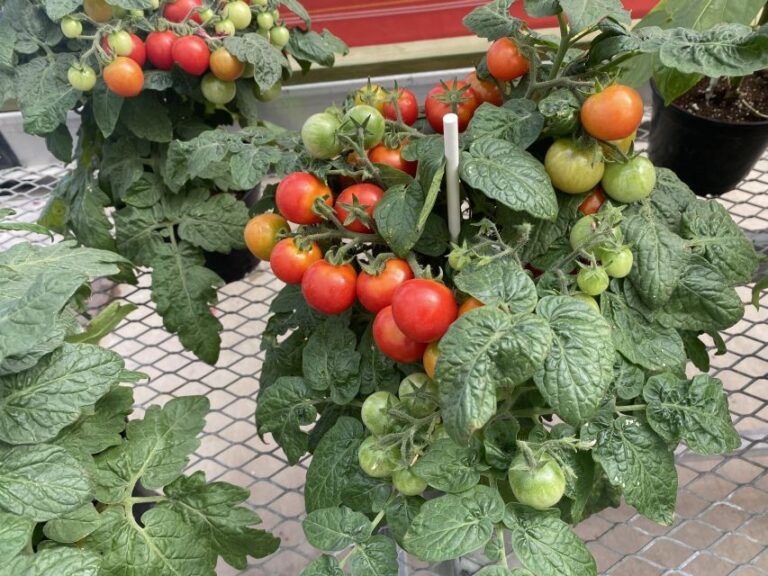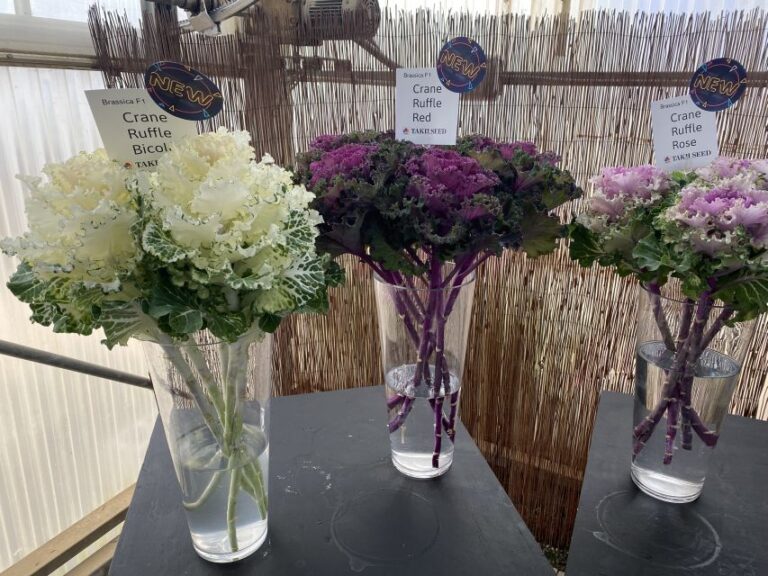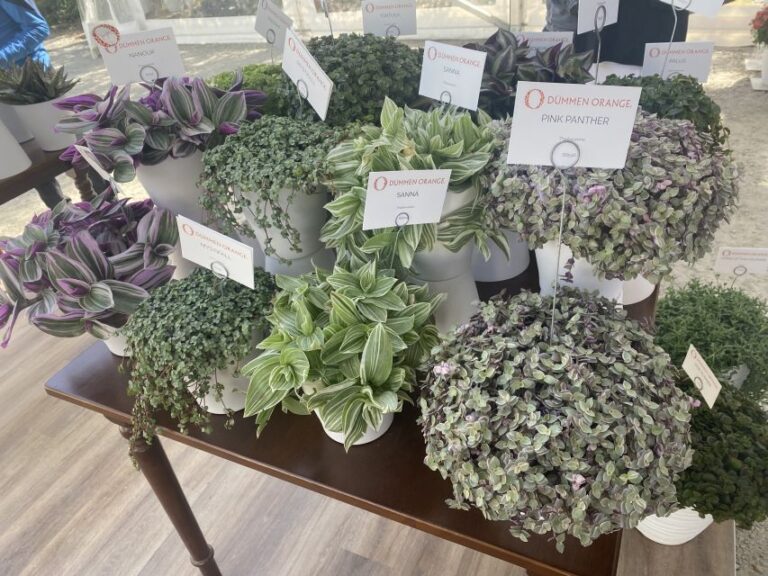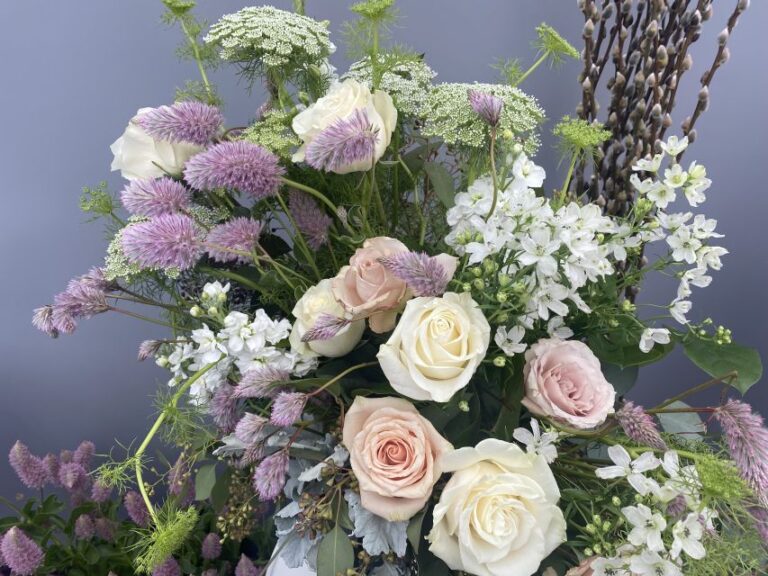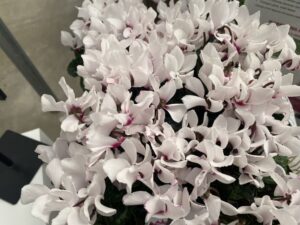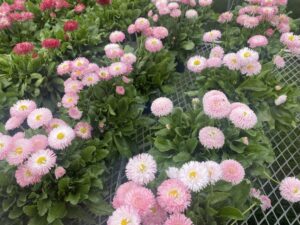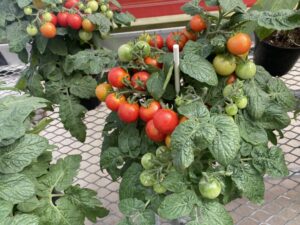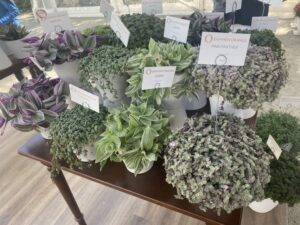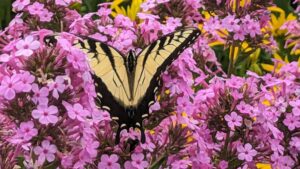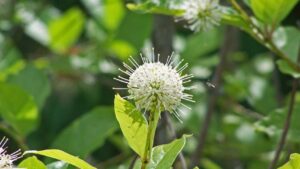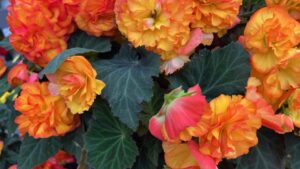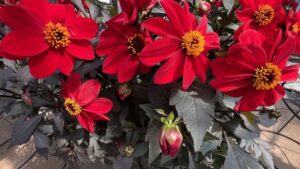Why Change Is the Lifeblood of the Floriculture Industry
W e are well into spring sales and I hope everyone is running themselves ragged. I hope that retailers are complaining about the inability to handle all the customers, and hope greenhouses and nurseries are almost empty. I hope that the positive influences of staying home for two years continue as people now start to travel and get out. I hope this spring is outstanding.
The annual discussions we have as we observe this industry from afar include the many changes in technology and production. I still remember the introduction of plugs to the industry in the 1980s, and today we are talking about seed technology and rooting technologies that were not even ideas back then. In the late 1970s, I remember Bob Oglevee waxing poetic about the introduction of computers to his geranium greenhouses, and look at us today. Computers are all but growing the entire crop for many producers.
However, even though it sounds like I must be four score years and ten, the changes I see every year make me younger. Change does that.
For example, who would have thought that a pandemic would so alter the way we work, the way we live, and the despair so many have suffered? Yet the same pandemic positively changed the way people viewed gardens, plants, and the time spent at home. We saw the astronomical rise in houseplants for apartment and condo dwellers as well as the embracing of every vegetable and herb ever introduced. Add to that a remarkable rise in the appreciation of pollinators and gardens and it is obvious that the silver lining theory is alive and well.
This year, we were able to visit California Spring Trials (CAST) and people were ecstatic to see their colleagues, their customers, and their friends after such a long absence. Usually, the plants are the showstoppers, but this year, the people were. Praise be to normalcy. With the return of a normal CAST, we observed standout themes at this year’s event. It seems like trends just pop up, but this is not so. The breeders and growers have been working on these for some time; they were obvious this year.
Cut Flowers
At least half of the breeder firms displayed a robust interest in improved genetics for cut flowers. As a trend, one only has to pay attention to organizations like the Association of Specialty Cut Flower Growers to see that membership and production have skyrocketed over the last two years. While many of these growers are new and relatively small, it bodes great things to see the breeders pay attention and offer new excitement to everyone. We certainly enjoyed kale at American Takii, Ptilotus ‘Matilda’ at Benary, and sunflowers at Takii, to name a few.
Houseplants
Another trend that has been rising for years (perhaps nudged along by COVID-19) is houseplants. A significant number of presenters not only displayed new and different foliage houseplants, (not your normal pothos) but full programs with a point of purchase and other useful materials to carry the plants through the distribution chain. Houseplants for foliage and programs for new pot plant interest greeted us along the route, like cyclamen, dwarf hydrangeas, and the like. I loved the fragrant Cyclamen ‘Absolu de Morel’ and the ‘Fancy Pink’ dwarf hydrangeas.
Miscellaneous Crops
Where once we called these minor crops or novelty items, their importance is being recognized more every year. We came across major improvement in cool-season plants like English daisies at Benary, Primula, and Cineraria, while improvements in Alstroemeria and patio veggies were extraordinary. As always, petunias, begonias, and calibrachoa were wonderful, but the obvious push of some of these less-obvious crops was refreshing. I have said this many times before and realize I am repeating myself, but change is the lifeblood of this industry. Occasionally, it seems to be random and is often messy, but in the long run, we adapt, embrace, and relish in it.




